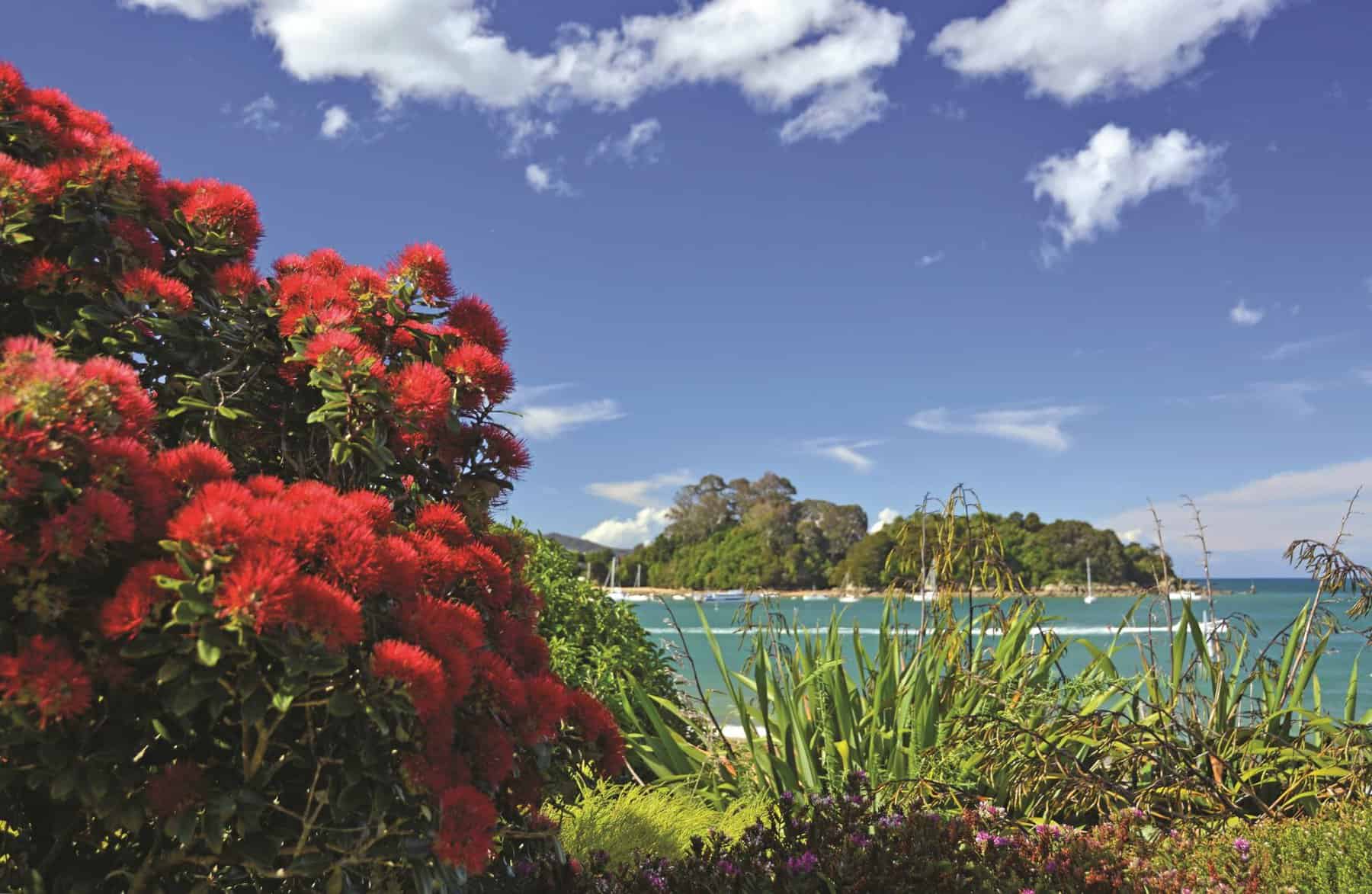International trade and travel provide a vector for thousands of different insect species to make their way around the world. It’s crucial that we are aware of what species are being detected at borders worldwide so we can be prepared should an invasion occur.
As a part of BioHeritage Tranche 1, Project 2.5: A passive surveillance network, Rebecca Turner (Scion) has been collating data on insect interceptions at borders from around the world. Combined data from New Zealand, Australia, South Korea, Japan, Canada, USA, UK, Europe and the Mediterranean included 8,703 different species. With New Zealand’s dataset alone only containing data from 1,477 insect species, this is a good indication that making use of international data will provide much more insight.
“Each individual country has its own priorities and constraints about how it collects the data” Rebecca says. “There could be something in the way that New Zealand is collecting data that means we could miss subsets of arriving insects.” By combining different datasets, they’re able to minimise the effect of these biases on the results.
One finding of this project was that established plant-feeding insects were more likely to be intercepted, while small parasitoid insects and species which were likely to arrive in their larvae or egg form (which are more difficult to identify) were less likely to be recorded as intercepted. As a result of this, there is more information available for the risk assessment of some insect groups than others.
Insects such as fruit flies (e.g. Queensland fruit fly) and ants (e.g. red imported fire ant) were among those groups which have the most promising interception data. For these particular groups, over 40% of the species which had established somewhere globally outside of their native range had been intercepted at least once, and it was possible to get accurate historical establishment predictions of over 70% with basic logistic regression models.
There is also potential for more sophisticated models, which consider the composition of trade arriving into New Zealand along with factors such as climate suitability, to further improve the ability to predict which species are most likely to arrive in New Zealand. As a result, this will allow for the prioritisation of more detailed risk assessments and the allocation of biosecurity resources for these specific species.
Bringing together datasets from across the globe provides more information on which species could potentially be invasive, allowing for a more robust biosecurity system. This leads to recommendations on preparations at the border or for post-border surveillance.
“At the other end, we can also be telling countries before they send goods to us to do pre-border treatments, to prevent these species from making the journey to New Zealand.”
While this project began in 2018, the data collated during the project was collected over the last few decades, depending on how long the participating countries have been gathering border data for. The development of this international research network and the relationships with worldwide governments who provided the border interception data was a crucial part of this project, and the project results wouldn’t have been possible without the support of international collaborators.
